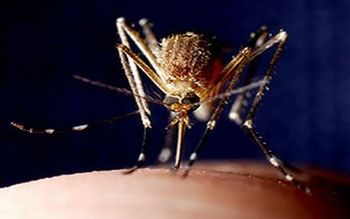
News











Thinking he had only months to live, Frank Tarantino, 67, of Amityville, N.Y., a retired electrician, father of four and grandfather of seven, was getting his affairs in order in the winter of 2011. Doctors believed he had a lethal brain tumor. Tarantino, a prostate cancer survivor, had just finished treatment for breast cancer in late 2010. One consulting physician, Shenhong Wu, MD, PhD, associate professor of medicine at Stony Brook University School of Medicine, and an oncologist at the Stony Brook University Cancer Center, could not conclude Tarantino had cancer. The question remained in Wus mind: If not cancer, what could this be?

As the number of fungal meningitis cases continues to rise, physicians across the country are faced with how best to provide the early treatment that can save lives. A University of Michigan Health System infectious disease expert is the lead author of a New England Journal of Medicine report detailing how the outbreak evolved and the complexities of providing anti-fungal treatments.









Medline Industries, Inc.s BioMask, the first-ever FDA-cleared antiviral, antimicrobial medical face mask that is shown to inactivate flu viruses, won the 2012 Chicago Innovation Award at a ceremony in Chicago last night featuring Chicago mayor Rahm Emanuel and Illinois governor Pat Quinn.







